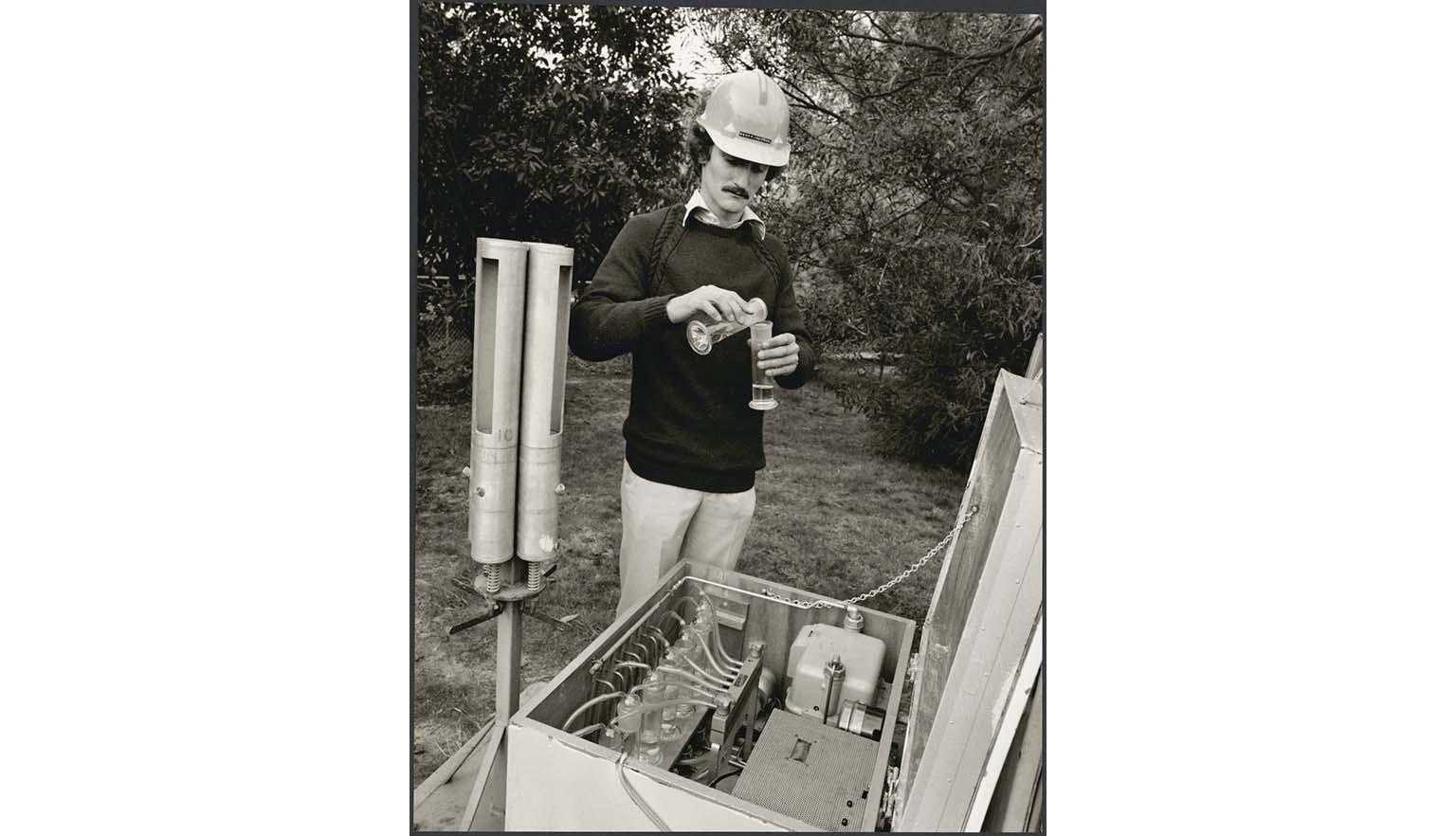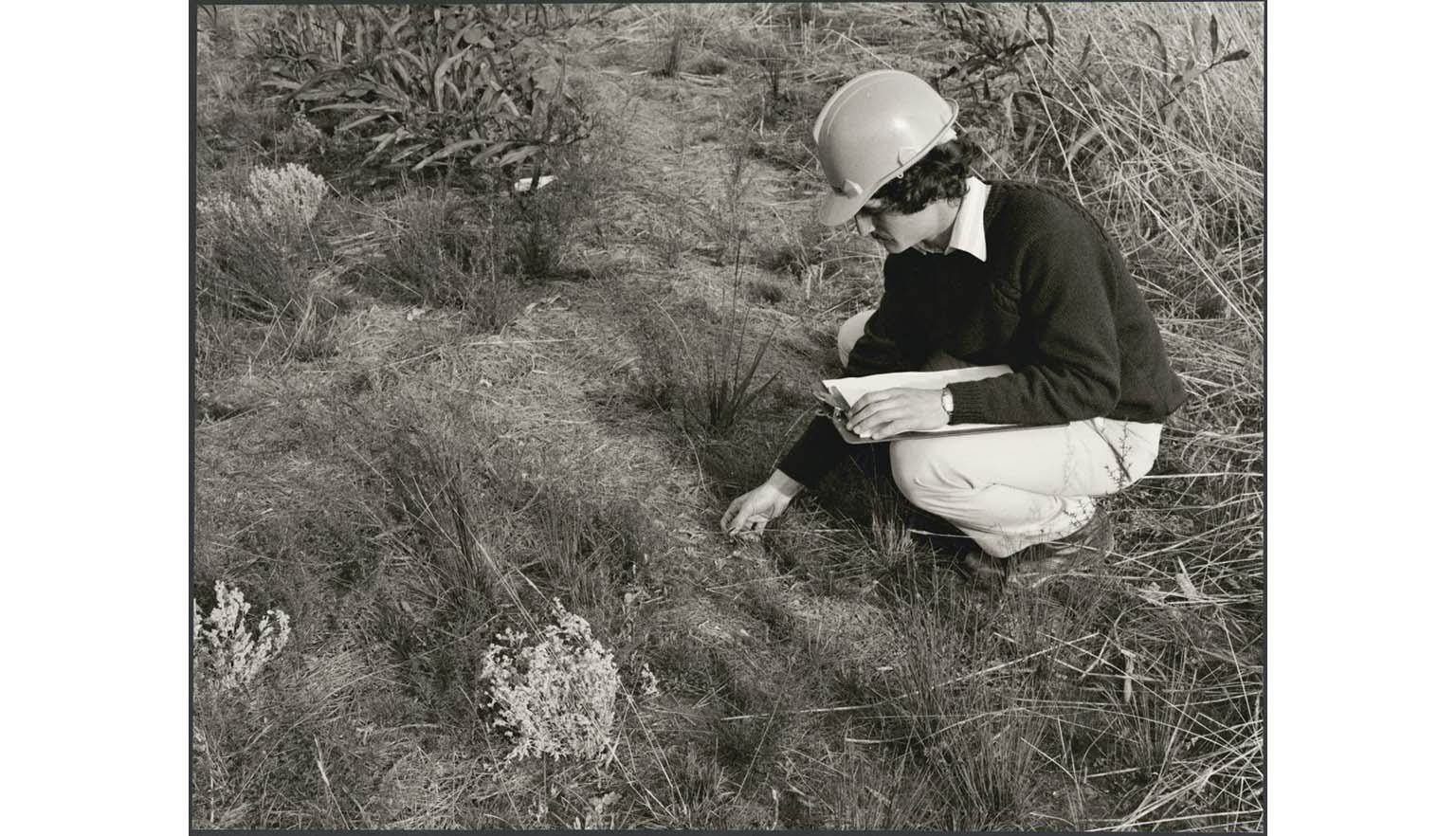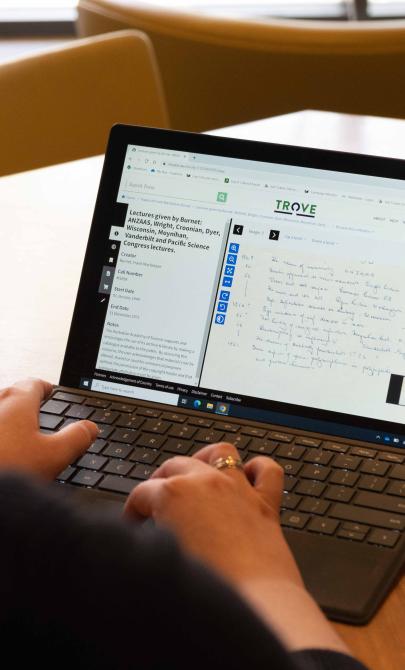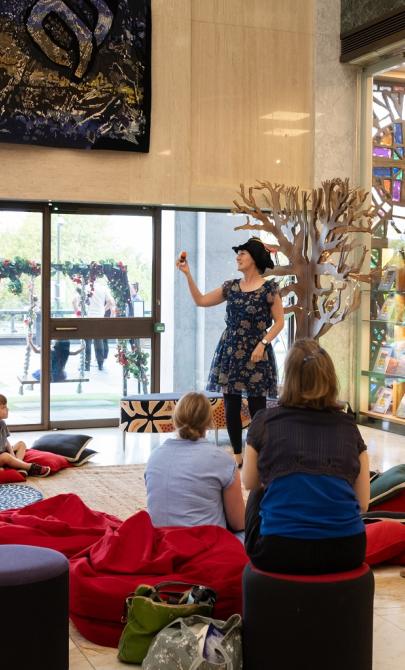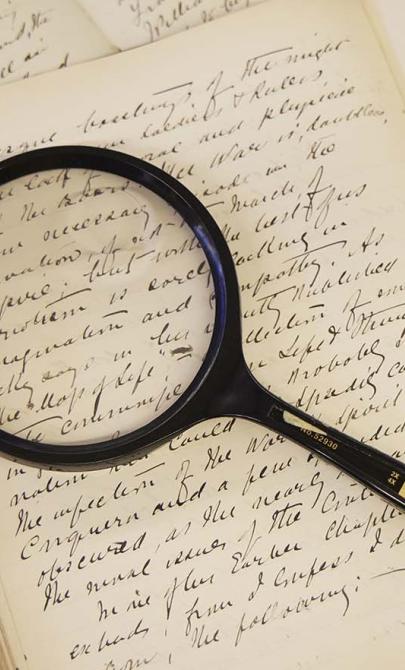Documenting modern Australia
About this module
Using an inquiry-based approach, this module develops students' skills as historians through engaging historical sources. Featuring sources from the National Library's collections, the resource caters for flexible approaches to suit diverse classroom contexts and learning styles.
Copyright for teachers
You can download all collection materials in this resource for education purposes. For more information, go to copyright for teachers.
Topics in this module
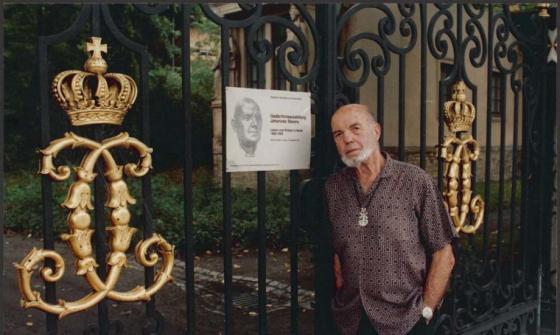
Wolfgang Sievers, [Photograph of Wolfgang Sievers], Berlin, Germany, 1991, nla.gov.au/nla.obj-161009403
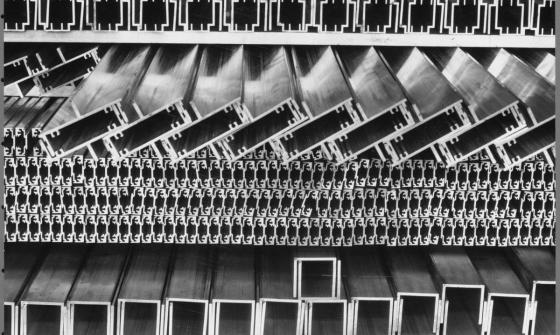
Wolfgang Sievers, Aluminium profiles at Comalco's plant at Yennora, New South Wales, 1965, nla.gov.au/nla.obj-160295127
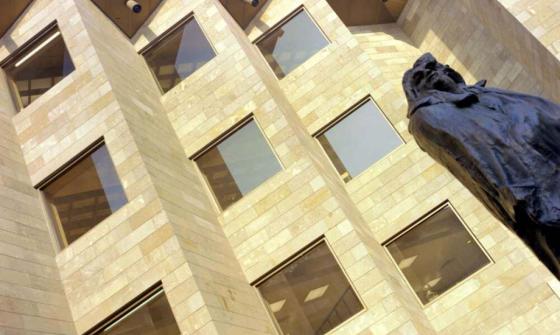
Wolfgang Sievers, National Gallery of Victoria, Melbourne - Forecourt with Rodin's Balzac, 1968, nla.gov.au/nla.obj-160765377
The Wolfgang Sievers Collection
Wolfgang Georg Sievers (1913–2007) was a renowned modernist photographer who documented Australian industry and architecture for almost 60 years. His striking images capture factories, workers and buildings in a bold, dramatic style influenced by European modernism.
The collection includes around 19,000 prints and 52,000 negatives and transparencies. It’s the largest archive of Sievers’ work in the world, and the largest photographic collection held by the Library. The Library acquired several groups of photographs from Sievers between 1996 and 2001. In 2002, it purchased his entire photographic archive, which was transferred by 2003.
Introductory activities
Activity 1: A lens on the past
Ask students to research the history of photography, focusing on a camera from any period. They should explore how it works and present their findings using labelled diagrams or images to explain the camera's key parts and mechanics.
Activity 2: Capturing change
Facilitate a discussion about photography as a tool for documenting history and social change. Encourage comparisons with other forms of historical documentation, such as painting or writing. Prompt students to consider the reliability of photographs as evidence, and what factors might influence how we interpret them.
Activity 3: Technology in daily life
Have students identify machines or technologies they interact with daily and consider the functions they perform. Ask them to reflect on how these tasks might have been done before such tools existed, and to discuss the broader social or lifestyle changes brought about by these inventions.
Activity 4: Understanding work systems
Guide students in developing a diagram that maps out a production chain or workflow. Encourage them to think about the roles involved in running a business—from management to production to distribution—and how humans and machines interact within that system. Use the structure of the school as a familiar model to explore concepts of interdependence and responsibility.
Concluding activities
Activity 5: Designing for purpose
Ask students to design their dream house using appropriate drawing tools such as grid paper, set squares, and protractors. They should produce floor plans and elevations, considering both form and function. Prompt them to reflect on how chosen architectural styles are expressed through their designs and how different spaces in the home would be used.
Activity 6: Industry and environment
Have students investigate the environmental impact of a large-scale industry (e.g. mining, cattle grazing, or manufacturing). Facilitate a class discussion on whether industries have a responsibility to repair or reduce environmental damage, and explore the steps companies might take to minimise harm.
Activity 7: Land after industry
Provide students with examples of environmental rehabilitation, such as Alcoa’s Anglesea brown coal mine in Victoria. This site closed in 2015 after efforts to reforest parts of the area in the late 1970s. Ask students to view the site on Google Maps and reflect on what rehabilitation may have taken place, and what more might be needed to restore the land. They could also compare this with other mine closures and rehabilitation projects.
Activity 8: Imagining the future
Invite students to explore what the world of industry might look like in 50, 100 or even 200 years. Encourage them to think creatively about emerging technologies, new industries, and what might become obsolete. Students can represent their ideas in the form of a written narrative, illustration, model, or digital artwork.
Curriculum links
This resource aligns with the Australian Curriculum for Year 5 and 6 students in Design and Technologies and HASS Economics and Business.
The resource meets cross-curriculum priorities and promotes the use of historical skills such as analysis and use of sources, perspective and interpretations, and explanation and communication.
- explain how people in design and technologies occupations consider competing factors including sustainability in the design of products, services and environments (AC9TDE6K01)
- Investigate needs or opportunities for designing, and the materials, components, tools, equipment and processes needed to create designed solutions (AC9TDE6P01)
